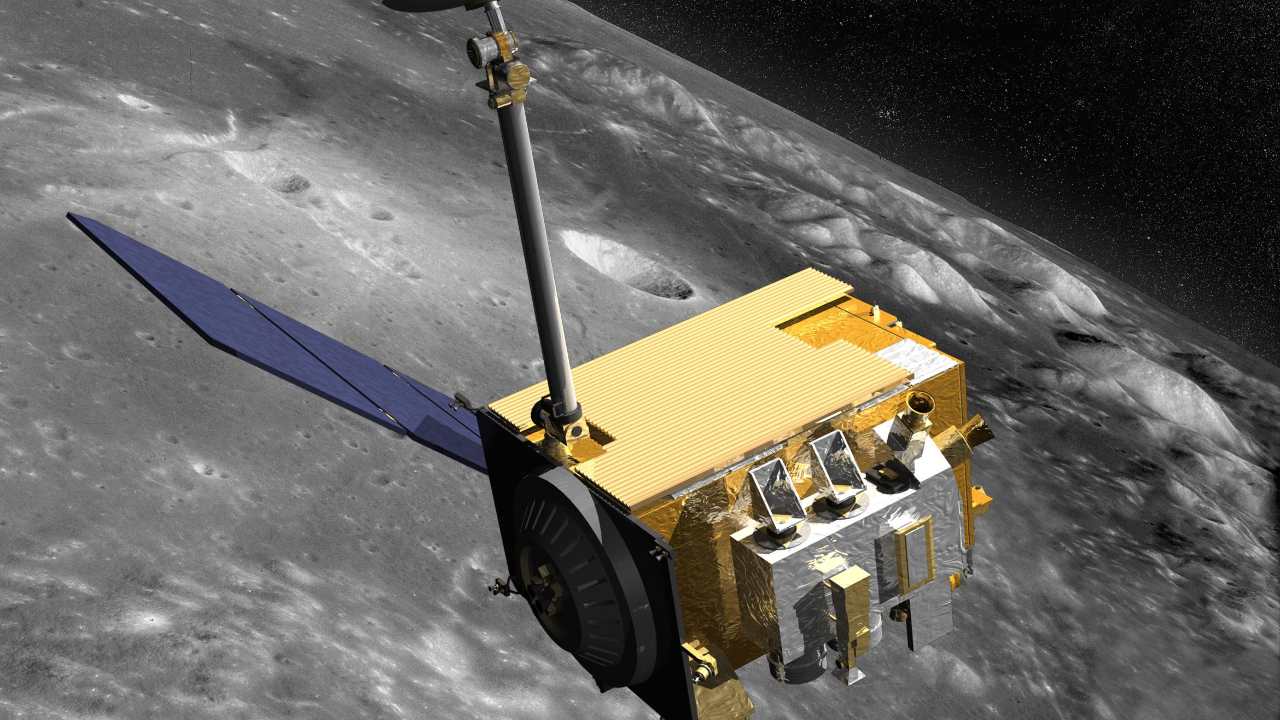FP TrendingAug 13, 2020 17:32:12 IST
Laser beam technology has helped scientists adjudge distances in between planetary objects and have been used as precision tools. The laser beams are light waves that can travel very long distances and have been used to even study the chemical composition of certain rocks in Mars.
NASA scientists have now managed to correctly aim for a tiny reflector and receive back a laser beam signal. The reflector atop the Lunar Reconnaissance Orbiter (LRO), a spacecraft revolving in Moon’s orbit since 2009, is only of the size of a “paperback novel”. Also, this is the first time that they have received a signal back after launching lasers for the past 10 years.

The Lunar Reconnaissance Orbiter (LRO) is a robotic mission that set out to map the moon’s surface and, after a year of exploration, was extended with a unique set of science objectives. Image credit: NASA
In a statement on 10 August, NASA, along with their French collaborators at the Universite Cote D’Azur, announced the news and the significance of the success.
Researchers are of the view that successful signal retrieval will help in enhancing laser experiments and thereby help in studying the physics of the universe. One of the reasons why scientists aimed the LRO reflector was to test the condition of the reflectors sitting on the Lunar surface. The reflectors on the moon have been sitting there for the past 50 years and have been sending back gradually weakened signals.
Although the signals have helped scientists figure out several interesting details about the outer space, the lunar reflectors are currently sending back only a 10th of the expected signal. The reason is unknown and also why scientists are trying to adjudge the level of signal from LRO.
One of the guesses is that dust might have settled on the lunar reflectors (there are five in total) that is blocking the surface of the reflectors. But even after the LRO signal coming back, scientists have not been able to clear the doubt just as of now.
“Scientists have been using reflectors on the Moon since the Apollo era to learn more about our nearest neighbour. It’s a fairly straightforward experiment: Aim a beam of light at the reflector and clock the amount of time it takes for the light to come back”, read the statement.
It went on to point that the laser beams had given the crucial information that the moon was drifting away from the earth at the rate of 1.5 inches every year.
Find latest and upcoming tech gadgets online on Tech2 Gadgets. Get technology news, gadgets reviews & ratings. Popular gadgets including laptop, tablet and mobile specifications, features, prices, comparison.
Post a Comment